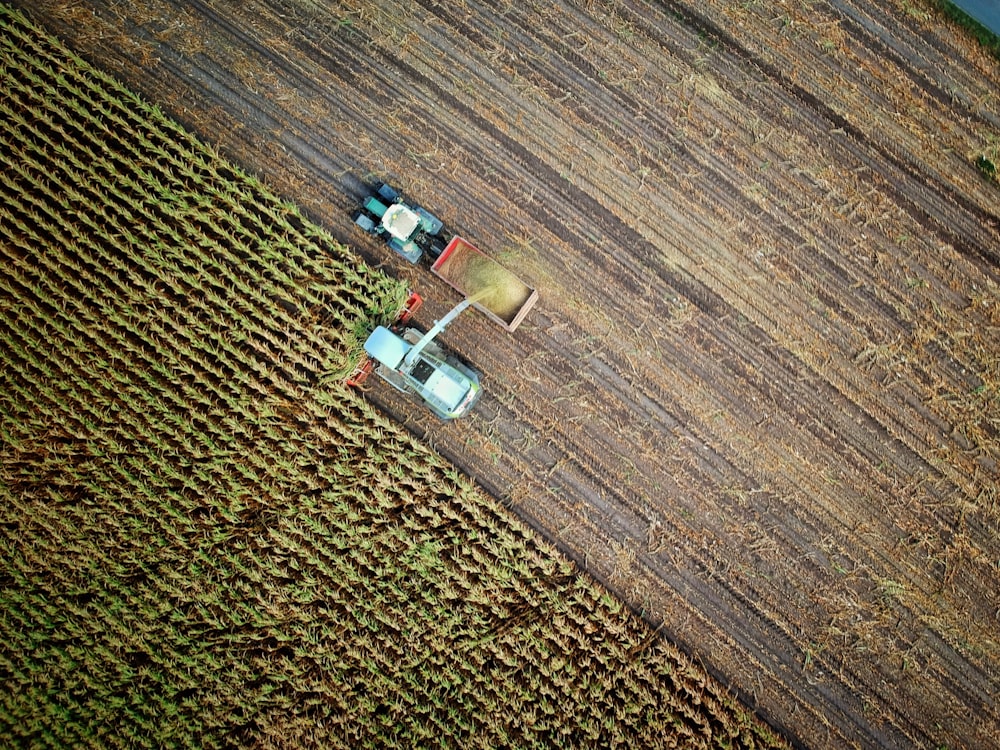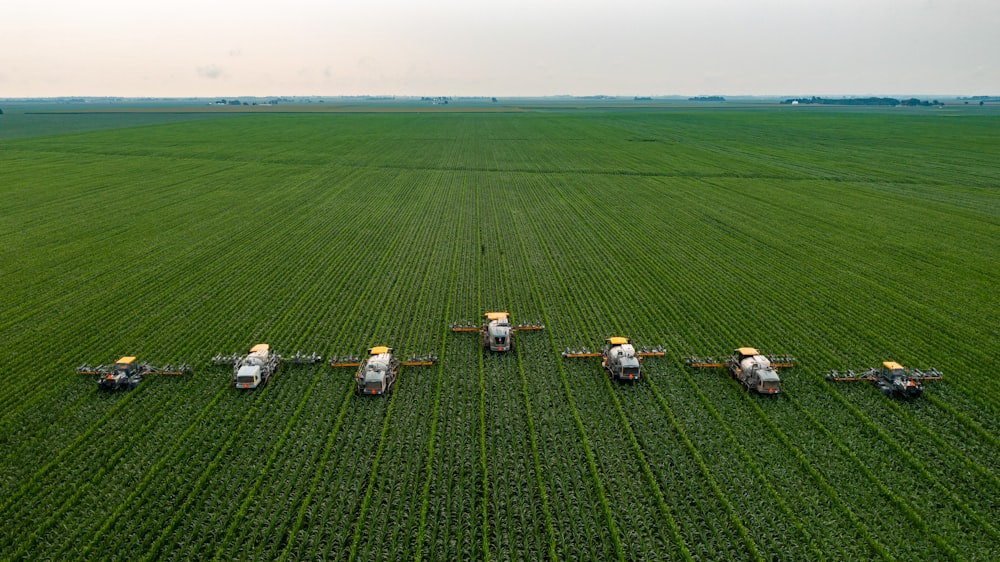As the world’s population grows, the demand for food increases. With the increasing population growth coupled with ever-increasing urbanization, the need for food production is growing, which means that the agriculture sector is also increasing. Agriculture is one of the most critical factors to the economy’s stability and the world population. It has a high potential to increase the food supply, create much-needed jobs and reduce poverty. In that vein, this post will examine some of the most interesting facts about agriculture that you might not have known.
How Agriculture Works in Modern Day
Agriculture is the process of cultivating the soil, planting seeds, and nurturing farm animals to produce food for humans. The method of agriculture has changed over time. It is now focused more on growing crops that are cheaper to produce and are resistant to pests. Agriculture is necessary for modern-day society because it supplies us with food that humans need. Without it, people would have to rely on hunting or fishing for their sustenance. Agriculture makes use of technology to improve its efficiency and productivity. Farmers are increasingly using technology to enhance their overall farming experience, from adopting technology to track their crops, automate irrigation systems, and create new varieties.
The use of technologies in the agricultural industry has improved over the years. The introduction of 3D printing, the internet of things, drones, etc., has allowed farmers and landowners to become more efficient and prudent in their work and investment decisions. Farmers can now use data analytics and predictive modeling techniques to make more informed decisions about the production potential for given regions and what is most cost-effective.
It Is A Highly Technical Sector
Agriculture is a high-tech industry that helps produce the food you eat every day. However, as agriculture becomes more and more high-tech, it has also become more automated and digitized. This trend has been happening since the 1950s, especially in the last decade. Nowadays, most agricultural tasks, from planting to harvesting, are done by machines and with AI assistance, big data analytics, and machine learning.
Spohiostacted Calculators Help To Predict Crop Yields
With the cost of land and labor at its highest point ever in history, farmers are turning to sophisticated measures to allow them to predict crop yields accurately. Something like a corn yield calculator helps you to estimate the number of bushels of corn that a given field of land will produce. While these web-based applications provide a simple way for farmers and advisors to calculate crop yields, farmers can also use them in different scenarios and sectors. Essentially, a corn kernel yield count calculator is helpful because it allows quick calculations via an easy-to-use interface. It is also more convenient than calculating this number manually since it takes less time than doing so.
Agriculture Makes Extensive Use Of AI And Machine Learning
Agriculture has been around for a long time, and it has undergone lots of changes over the years. Many of these changes have been related to the application of technology in agriculture. A considerable amount of data is collected to improve farming practices and production efficiency. The use of AI and machine learning in agriculture can help make more progress in this area by giving more accurate predictions on when crops will need water, fertilizer, pesticides, and harvesting, etc. Farmers can also use these tools to optimize their production and increase yield while minimizing expenses. One specific example of how agriculture uses artificial intelligence is when they use satellite imagery to forecast crop growth in different regions by analyzing light/dark intensity and temperature variations.
The Use Of Robotics Is Extensive
Robots are becoming more and more ubiquitous in the agricultural industry. The advances of robotics have allowed farmers to use only a fraction of their land instead of having to till the soil manually. Thus, less effort is put out by farmers, more time is spent on other tasks, and overall productivity increases. As well as accompanying human interaction, robotics can also operate autonomously. Farmers can also use them to increase yield or improve efficiency. They can also use them for tasks such as watering, seeding, harvesting, and animal management. They can also be used to automate work done by humans and take care of the risks of farming, such as pesticide application and crop protection.
Agriculture Is At The Forefront Of Gene Editing Technology
Agriculture can be highly susceptible to disease, so farmers often rely on crop-specific genes to enhance the production of certain crops. Gene editing is one of the most effective ways for farmers to improve their crops and increase yield. Gene therapy has been around since the 1980s, but the process is still very time-consuming and expensive. Some companies are looking into gene editing to make it more accessible for more farms worldwide. With the advent of technology, gene editing has become more accessible. The use of gene editing in agriculture is becoming more popular with the rise in consumer demand for healthy and safe food. The use of gene editing in agriculture can be divided into two categories:
- The alteration of existing crops to make them more productive.
- To produce more food and change livestock, poultry, fish, etc., to make them resistant to natural hazards.
While gene editing can increase productivity and decrease damage caused by natural disasters, it is not without its downsides. For example, there are concerns about how these new crops will affect consumers if they become able to be genetically modified into something that did not exist before or that could pose a risk to human health. Technology such as CRISPR-Cas9 editing is incredibly precise and efficient compared to other genome editing technologies; it can be used to edit a single letter of DNA in the genome of the plant or animal being studied. It has many powerful applications, including correcting disease-causing mutations and introducing new genetic material into the genome.
Many people are unaware of just how technologically advanced farming has become. Drones, robotics, and gene editing technologies have replaced the days of the farmer and his pitchfork. Hopefully, you have learned a lot from this post and have a renewed sense of how advanced this industry is.






